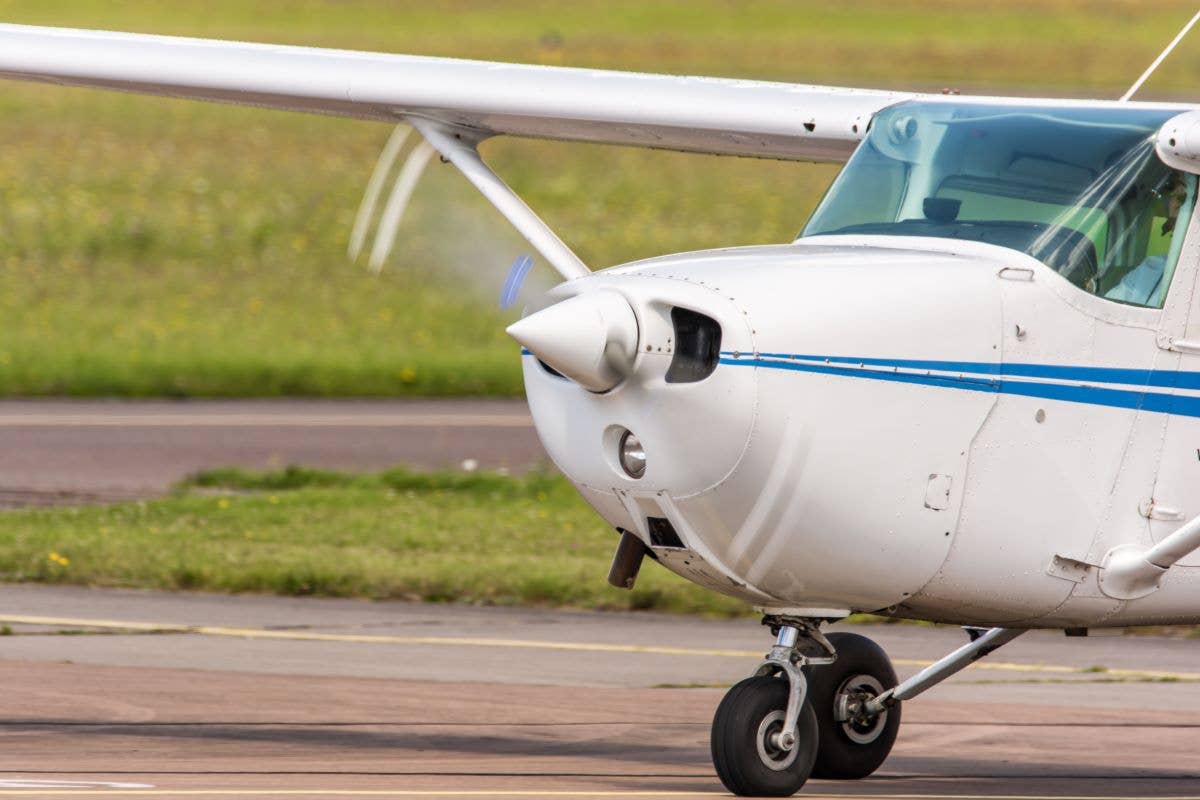
An ATP Flight School instructor meets with a Mesa Airlines’ pilot recruiter. ATP
Over the next two decades air carriers in North America will need 8,640 new airliners, according to a study Boeing released this summer, but the company’s research and other industry data indicate there won’t be enough pilots to operate them. “Historically the Boeing report has been incredibly spot on,” says Paul Templeton of PilotJobs.com, which tracks impacts of the growing pilot shortage and airline pay, among other topics. “These are people that make their living knowing what’s coming, so they know to sound the alarm.”
A key sign of the shortage is the rapidly rising compensation packages regional airlines now offer. Recent hourly wage increases, bonuses, and other financial incentives boost earnings for first-year First Officers at several carriers to well in excess of $60,000. Another indicator: Regionals are establishing programs to support aspiring airline pilots through partnerships with flight training schools. These programs provide financial assistance during training, and jobs once trainees reach airline minimums. The programs offered by Envoy Air and Mesa, GoJet, SkyWest, and ExpressJet, in partnership with ATP Flight School for example, provide tuition reimbursement while training, and additional payments while working as flight instructors to build the hours required for an ATP license. At least ten regionals offer $11,000 or more in tuition reimbursement at ATP Flight School. These programs provide a path to a job at a regional, and in some, a “flow through” agreement with automatic advancement to a major airline, such as American Airlines, in as little as six years.
Indeed, prospective hires will find “the regional airlines are now offering huge incentives to come fly for them,” says Templeton, a former airline pilot. Horizon Air, which had to cancel about six percent of its flight schedule this summer due to a shortage of pilots, has gone on a recruitment drive, and now offers a $20,000 signing bonus, while PSA offers a $21,560 signing bonus. Retention bonuses, like Endeavor Air’s $20,000 payout, are also increasingly common.
Meanwhile, a variety of other payments have been added to the incentives list. These include checks for the completion of type rating or other training, and “equipment” bonuses that carriers use to ensure they have sufficient pilots for the aircraft types they operate. Mesa, for example, pays a $30,000 bonus to pilots who elect to fly Embraer E-Jets, and $22,100 for those who choose CRJs.
In addition to bonuses, hourly pay is rising. This summer Horizon bumped starting pay from $30 to $40 per hour, and Mesa boosted starting pay from $22 to $36 per hour, according to a Cowen & Co. study.
Together, the payments lift first year pay at many regionals to four times what they were less than a decade ago, according to historical records. Today, total financial compensation for a first year First Officer at Mesa is $64,780. At Trans States the figure is $75,000, and at Horizon Air $78,600. And a new hire at Air Wisconsin will earn more than $87,000 in the first year, and can earn up to $317,000 in their first three years of employment. Retirement fund contributions, health insurance and other benefits further add value to these paychecks.
Meanwhile the major airlines are also upping pay. American Airlines, Delta Air Lines and United Airlines all signed new contracts with their pilots this year to raise hourly wages. New hires at these carriers “will quickly reach six-figure annual incomes and earn more than six million dollars over the course of their careers,” says Templeton.
According to a study by aviation consultant Kit Darby, published in 2015 by The TASA Group, total earnings for a 30-year career at a major airline range from $5.3 million to $11.2 million, with the average of $8.1 million total, or $270,000 per year. Pilots who choose to stay with a regional don’t do badly, either, as a 35-year career earns a total of between $4.5 million and $6.5 million.
The escalating pay and growing pilot shortage make this an excellent time to enter the industry. Templeton notes that graduates of ATP Flight School regularly become First Officers of a regional airliner in about 27 months from starting training. Expect indicators like pilot compensation to continue their upward trend. Says Templeton, “There’s still a real shortage of new pilots coming into the industry.”

Sign-up for newsletters & special offers!
Get the latest FLYING stories & special offers delivered directly to your inbox






